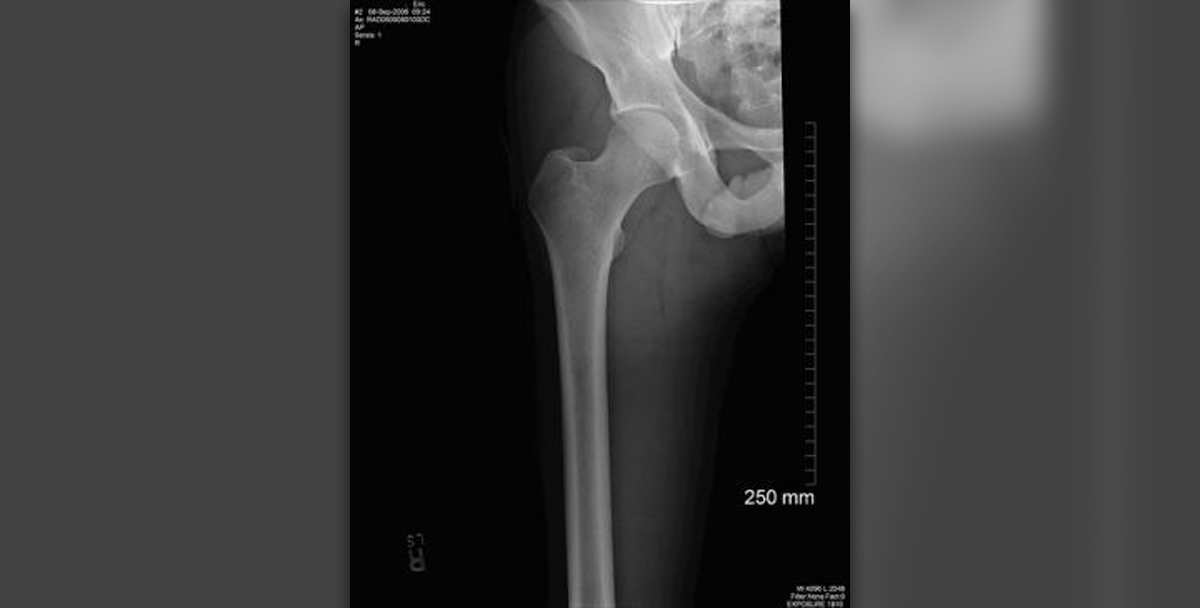
A bone cancer is an anomalous growth of cells within the bone that may be noncancerous (benign) or cancerous (malignant). The cause for developing bone cancer is not exactly known, however, there are certain factors which may increase the possibility of getting this disease. As many bone cancers occur in teenagers and young people, it is believed that they may be connected in some way to changes that occur when bones are growing. People, who have had earlier high doses of radiotherapy to the parts that comprehend bones, have a rather increased risk of getting cancer of these bones. The number of bone cancer is higher in families with familial cancer syndromes.
Paget’s disease is a bone disease which typically occurs in older people and amplifies the risk of osteosarcoma, as does another bone condition called chondroma. People who have an inherited disease known as Li-Fraumeni syndrome have an enlarged risk of osteosarcoma and some other forms of cancer. Bone cancer has often been connected to the injuries of a limb, but it is questionable how much they are related. Bone cancer indicators may be various according to the specific bone that is affected and its site in the body. The first symptom may be pain or tenderness in the part of the tumor. There are also common signs such as weight loss, sweats, fever and lethargy or fatigue. Bone fracture, specifically fracture from slight injury, is sign of bone disease. Most people of earliest bone cancer will need a combination of various treatments.
The treatments that are used are surgery, chemotherapy and radiotherapy. Surgery is a very significant part of the treatment and is used to remove the growth in the bone. Earlier, it was necessary to amputate the limb when cancer was found, but now it is frequently feasible solution just to remove the affected part of the bone and change it with a specially made metal fitting (endoprosthesis) or a bone graft (bone from another part of the body). When the tumor affects a bone in or near a joint, the whole joint can be displaced with an artificial one. This is called limb- sparing surgery. It is likely that a patient will have certain pain and discomfort after the operation, and painkillers will be prescribed to him or her. Most people can go home before their injury is well healed, usually within a week to 10 days after their surgical procedure.


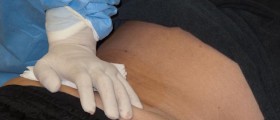





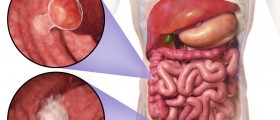




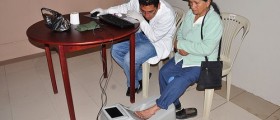


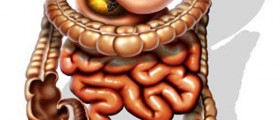
Your thoughts on this
Loading...